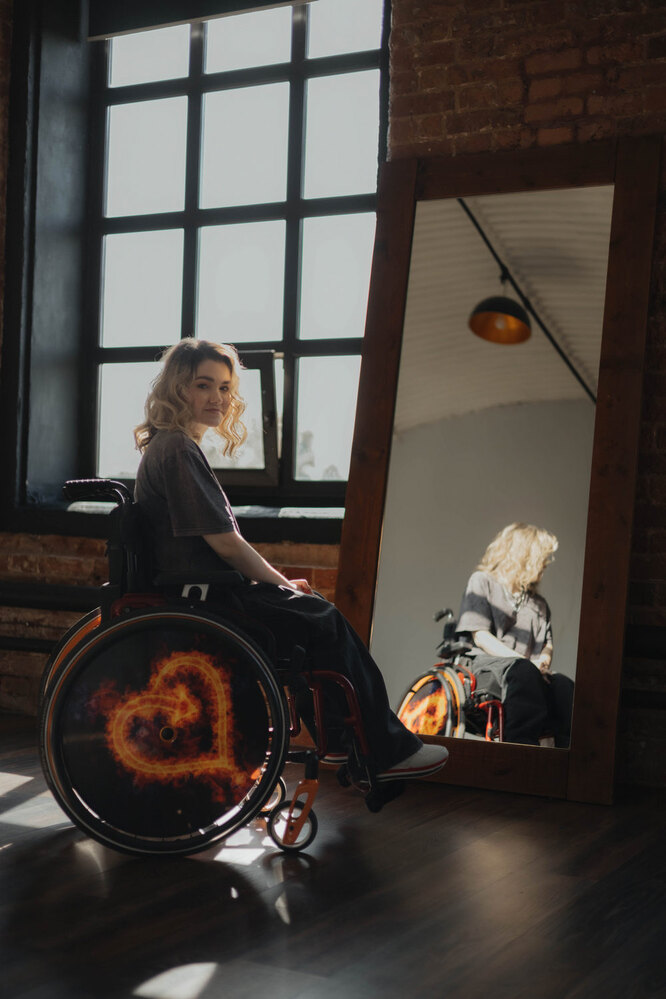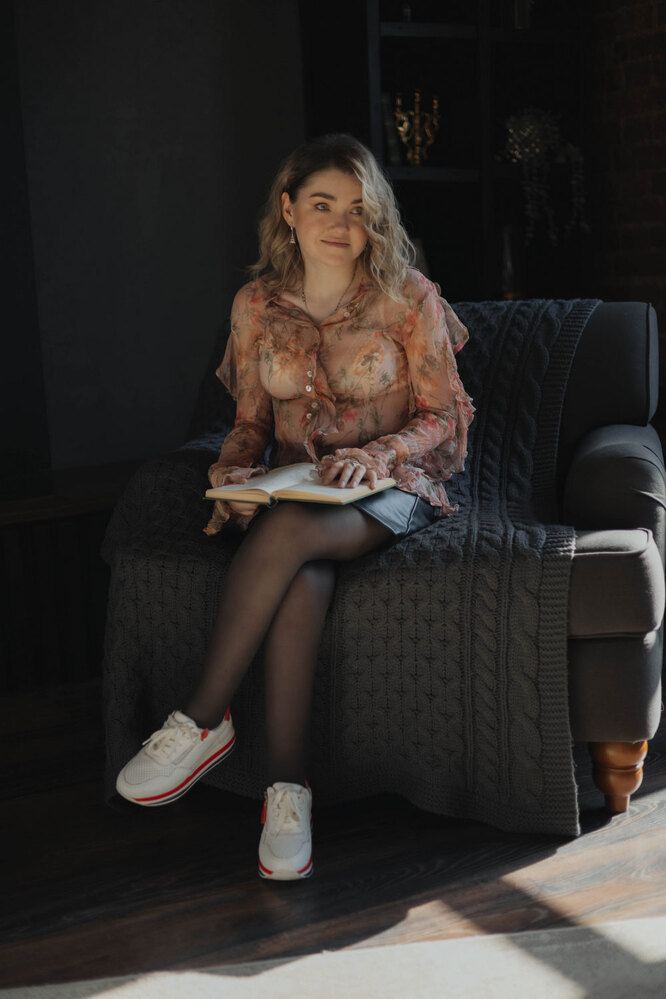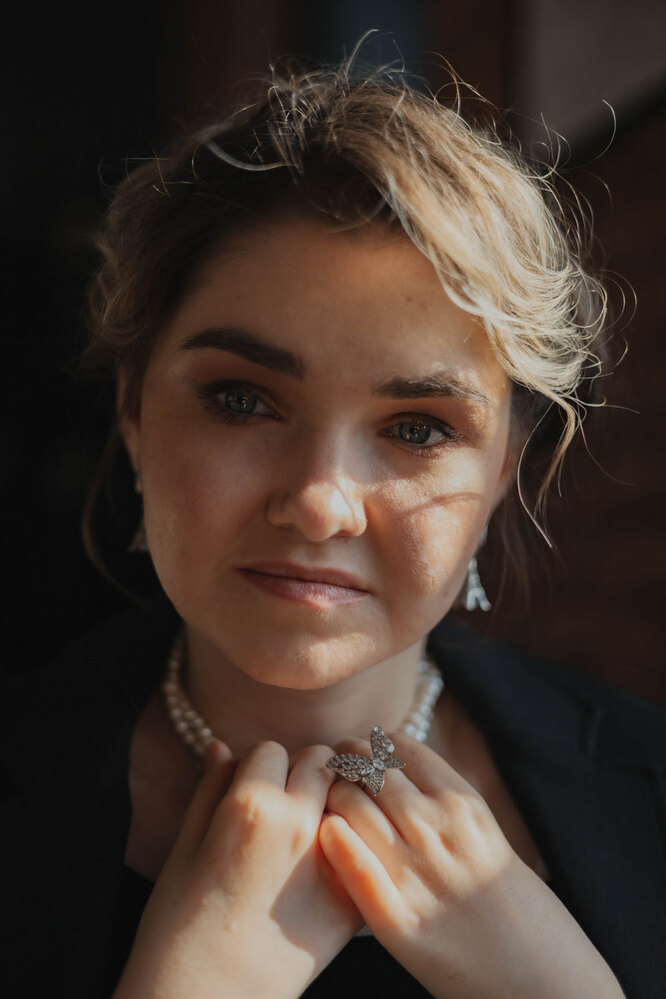Despite her progressive illness, Dasha writes books, travels and draws. And he doesn’t plan to stop there.
Dasha has written one book and has already started the second. Dasha flies helicopters and performs on stage. Dasha was also diagnosed with non-gene-associated spinal muscular atrophy, a neuromuscular disease that affects part of the nervous system. This means that from year to year the girl’s muscles become weaker and weaker. Due to the progression of the disease, the girl can no longer walk and uses a wheelchair. We met Dasha and discussed how she is living with a serious illness and what plans she is making for the future.
“Dasha must have jumped like a rabbit. And she couldn’t”
On the tenth day after birth, Dasha developed pneumonia with pulmonary edema. “They barely had time to pump the baby,” Dasha’s mother Margarita recalls with trembling. “A minute later, and it would have ended in tears.”
The girl grew and developed like other children, with a few exceptions. Sometimes Dasha could trip and fall out of nowhere; the little girl couldn’t play in the sandbox with other children because she didn’t know how to squat. But the family believed that these were just temporary problems that would be resolved very soon. It turned out that these were warning signs of a serious illness.
“On one of the mornings in kindergarten, Dasha had to jump like a rabbit. And she couldn’t. We went to the doctor, who diagnosed him with dysplasia, a structural disorder of body tissues,” recalls Margarita. The girl took a first test for spinal muscular atrophy at the age of four, but the result came back negative. Only one doctor ventured to diagnose SMA not associated with the gene in a child. “Interesting case. I have never seen anything like this before, ”Margarita recalls the doctor’s words.
ADVERTISING – CONTINUED BELOW
white raven
A series of strange diagnoses, however, did not stop the girl from attending a mainstream school. Dasha remembers that on the first day of class, the teacher introduced her separately to the class and talked about her health problems. After that, all her classmates moved away from her. “I felt like a black sheep. She did everything she could to get attention. She gave me dolls and stickers. And yet I didn’t exist for them,” says Dasha.
The teachers did not treat the special schoolgirl any better. Some of them were angry because Dasha ignored the lines and cells in her notebooks: the girl could start writing at the bottom of the page, without suspecting that she was doing something wrong. Dasha considers geography to be her least favorite subject, because there she had to find different points on maps. But she couldn’t do it because she suffered from dysgraphia – a disorder of written speech caused by brain development. But no one knew that then.
Every year it became more and more difficult for the girl to walk, so periodically at school she needed help going to the toilet. Sometimes the teacher could not leave the class to help Dasha, and the girl turned to her classmates. But they just laughed in response.
At the age of nine, Dasha was transferred to a reform school. The following year, the girl, tired of asking others for help in moving, asked her mother to buy a stroller.










